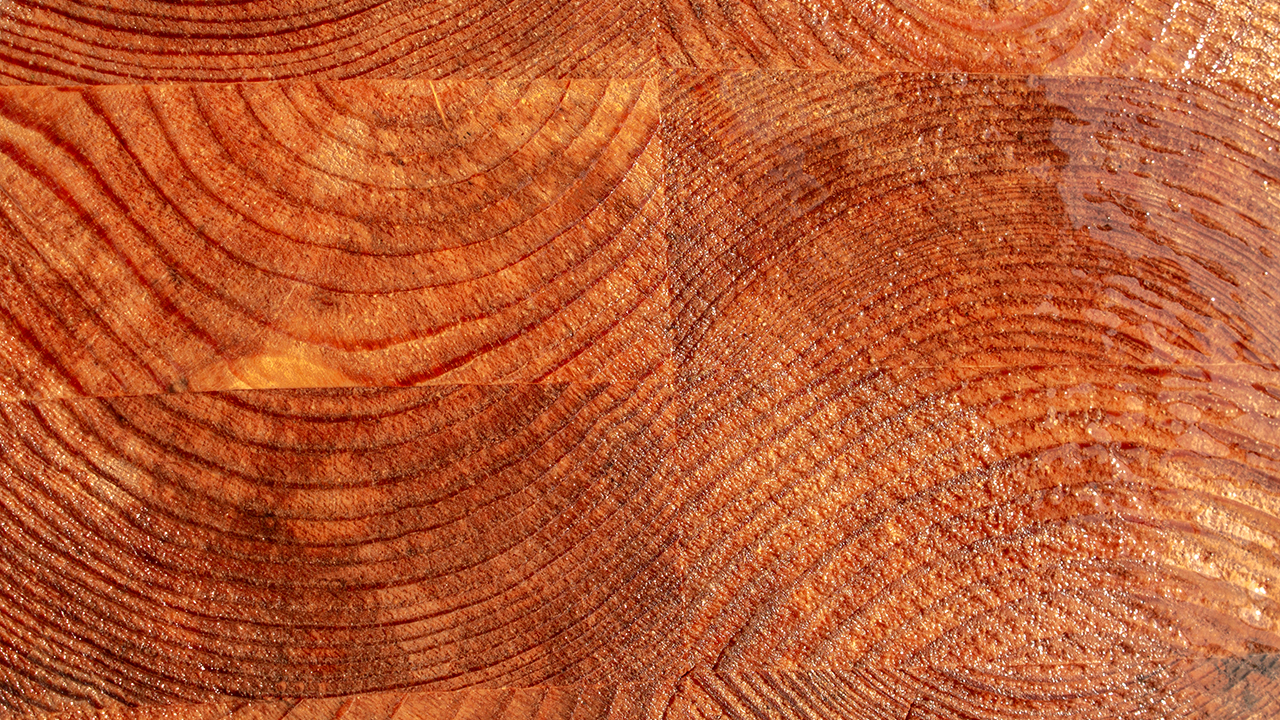Natural Building Materials Unveiled
Oct 26, 2022
One of the most impactful design strategies we can make in our homes is using natural building materials. But what do we really mean by natural when it comes to materials? Aren’t all materials originating from the elements of the natural world? To understand this topic and some of the nuances, we need to look deeper into the building material industry as well as consider the environmental and health impacts due to different material products.

When we make building materials, there is an entire process involved that eventually results in the end product. Building material products have an interesting history, originating with utilization of locally available resources and expanding to an international ‘geography-less’ market. Materials are sourced from natural resources (trees, soils, plants, and earth), then manipulated with various forms of refinement, synthesis, and manufacturing. Different building products have different steps along the path to end product that typically require transporting between each material stage. The path from sourcing to implementation, as well as end-of-life or recycling, is inclusively identified as the life-cycle for materials.

A huge topic of concern in the building industry right now is the carbon footprint of buildings, which is largely attributed to the materials and products that are used to construct them. Carbon footprint is a metric that accounts for the carbon-dioxide emissions during each stage of manufacturing, transport, and ultimately implementation. The maintenance and operation of buildings constitutes a large amount of the industry’s carbon- footprint during the useful life of a building. However, a larger contributor in the first 25-50 years of a building is the carbon footprint of its building materials, which are effectively the front-end environmental costs of design and construction. Considering the shift in building design and quality over the years leading to many buildings having a limited lifespan of 50-years, this means that the materials used to construct a building are indeed the primary contributing factor.

Not all building materials are equal when it comes to the extent and environmental impact of manufacturing and transport. Today, the transportation for building materials along the path of sourcing to end product is generally achieved with trucks (diesel-powered), trains (coal-powered), and large cargo ships (oil-fueled). Until we have a world where all vehicles are fueled by clean energy, this part of the material life-cycle is a large contributor to the footprint! This is especially true when raw materials are being sourced from one country, shipped to another country for manufacturing, and the shipped to a third country for implementation in a construction project. This is not uncommon and accounts for an unsurmountable quantity of greenhouse gases globally! So, for now, it is best to select regionally and sustainably sourced and locally made building materials and products whenever possible.

Remember, the greenhouse gas emissions due to these material production processes, including some deeply environmentally challenged manufacturing plants, ultimately impact the health of all living systems around the world. Accountability and responsibilities are to be spread across all parties involved – manufacturers, architects and engineers, clients and developers, as well as political constituents. One of the goals I have as an architect and designer is to inform and educate my clients, students, subscribers, and anyone interested in executing a design project with their home or workplace. I truly believe that if we can shift the knowledge in the end consumer, that the market demand for healthy and natural building materials will follow and the market need will be met.

Okay, so let’s move on with our topic at hand – natural building materials! What are they? In material product design and engineering we look at materials from their elemental composition and molecular bonding patterns to determine their groupings. There are generally six basic material groups that we adhere to:
- Natural Materials
- Non-technical Ceramics
- Technical Ceramics
- Metals
- Polymers, Elastomers, and Foams
- Composites
You can see that one of the major material groups is in fact identified as Natural Materials! The types of building materials that fall into this group are all plant-based such as wood, bamboo, cork, and straw-bale. Of course, there are many other building products that are primarily plant-based, such as fiber-boards, but these fall into the Composites category because they have other ingredients (often binders and adhesives that are not so healthy). Another interesting fact is that synthetic polymers, elastomers, and foams that we manufacture in labs are based on the physio-chemistry of natural materials. The elemental structure of natural materials are nature’s polymers! Unfortunately, many of the synthetic polymers developed during the 20th-century are problematic for our health and the environment. Luckily there are some eco-friendly binders and adhesives that can be used in place of the old ways of doing things.

Some new and forthcoming natural building materials that are reaching the market today include things like mycelium blocks (made from mushrooms) and hemp-based products. So, really, any resource that ‘grows’ in nature which is utilized for a building material can be considered a natural material in my book. In fact, another wonderful emerging use for agricultural byproducts (think corn husks or pecan shells) is for repurposing into building materials! How cool is that?! Nature has many other materials to offer that fall into the other groups listed above, so of course we could identify many other materials as ’natural.’ But for the sake of clarity and technical accuracy at the design level, we’ll save discussion about these other materials for another time.
If you are interested in more information about designing or renovating your house with natural materials, reach out to AIDA, LLC today for a consultation.You can always find more information and healthy home resources at Aletheia Ida Design and Architecture, LLC (AIDA, LLC) at www.aletheiaida.com.
